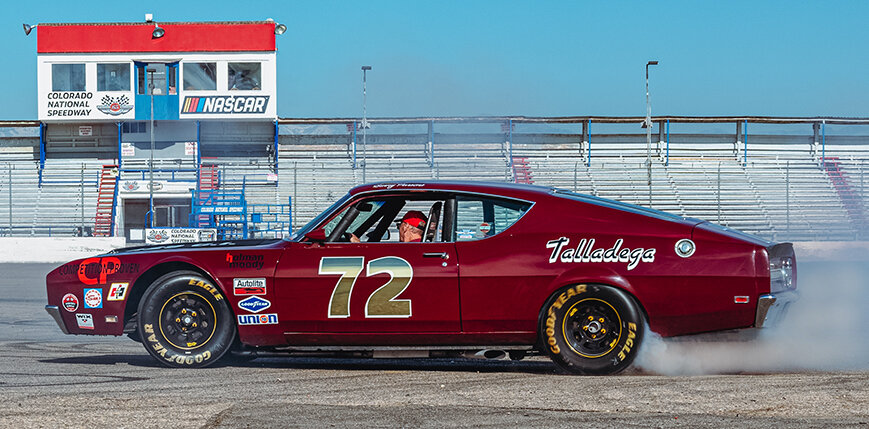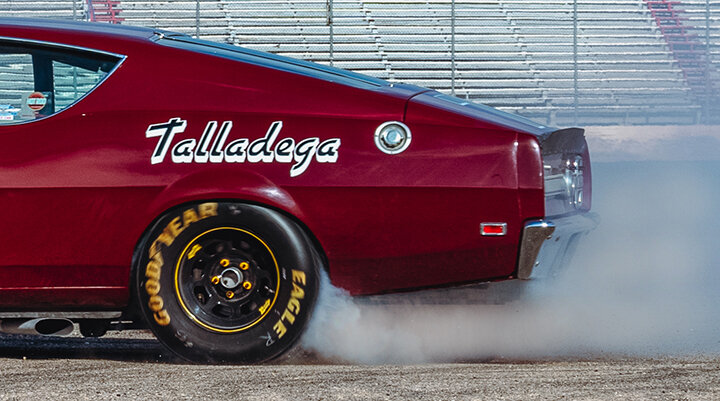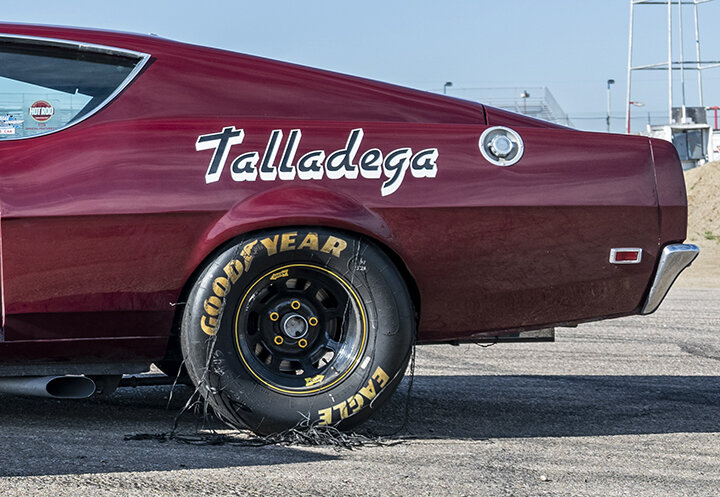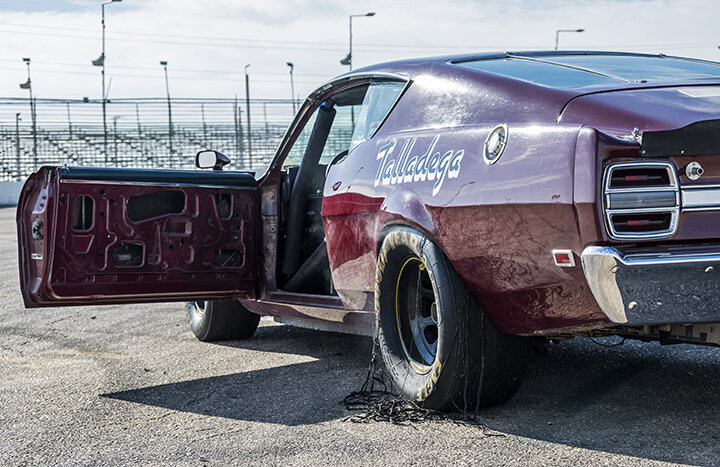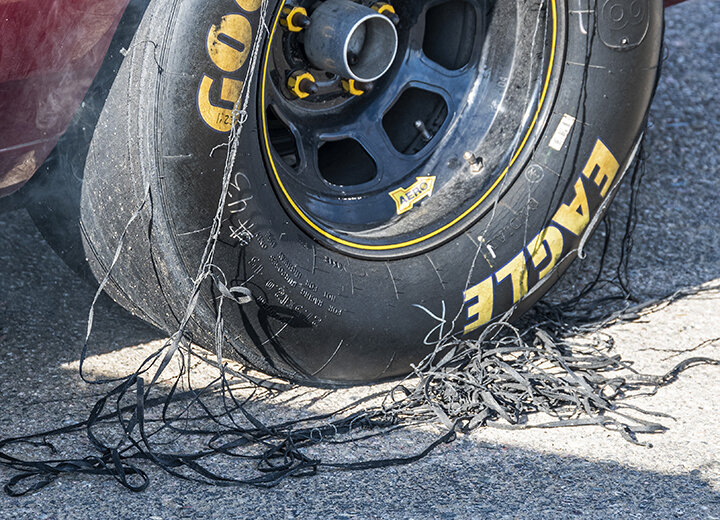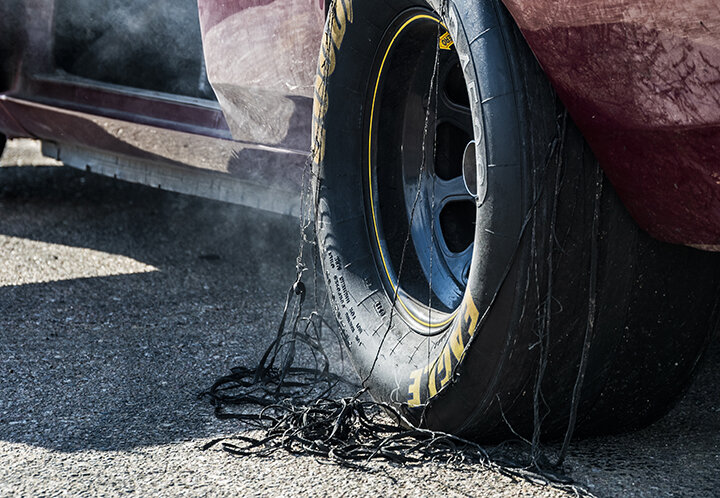How To: Build Your Own Boss 429-Powered ’69 Torino Talladega
July 2021 • Photos MegJacobsenPhotography.com
Location: Colorado National Speedway • Presented by USAutomotive.comIn 1969, I walked into McCoy Ford in Anaheim, CA and sat in a brand new, Boss 429 Mustang. Then, I sat in a ’69 Torino Talladega—both were Royal Maroon in color. I knew then and there that someday I was going to build a street driven Boss 429 Talladega, in NASCAR trim—just like the cars that were running in NASCAR.
At the time, I owned a ’63-1/2 Ford Galaxie 427 Dual-Quad, 4-speed that was also Royal Maroon. The Galaxie was one of the fastest streetcars of its day, but now, I wanted a Hemi Talladega.
Around 1970, I started collecting NASCAR Boss 429 engine parts: blocks, cranks, NASCAR rods, a magnesium dry sump oil pan, a magnesium NASCAR Spyder Intake with a 4500 series 1050 cfm Dominator carb. NASCAR Aluminum Boss 429 heads with D port intake and exhaust fitted with 2.40 intake valves and 1.90 exhaust valves. It took me about 25 years to collect all the correct parts to assemble a complete Boss 429 engine.
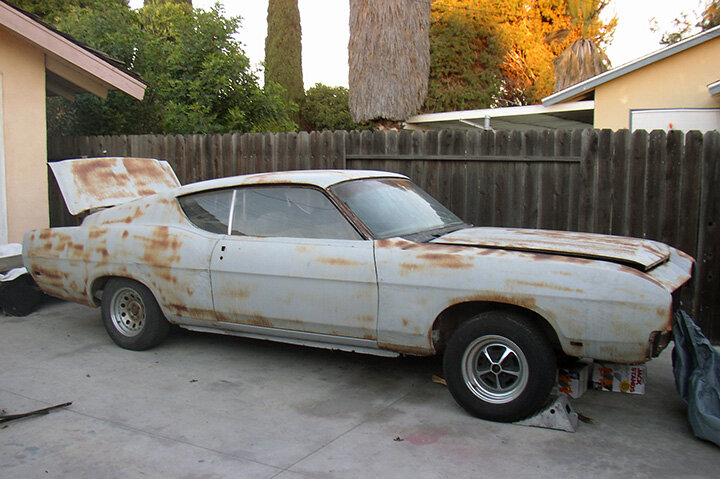
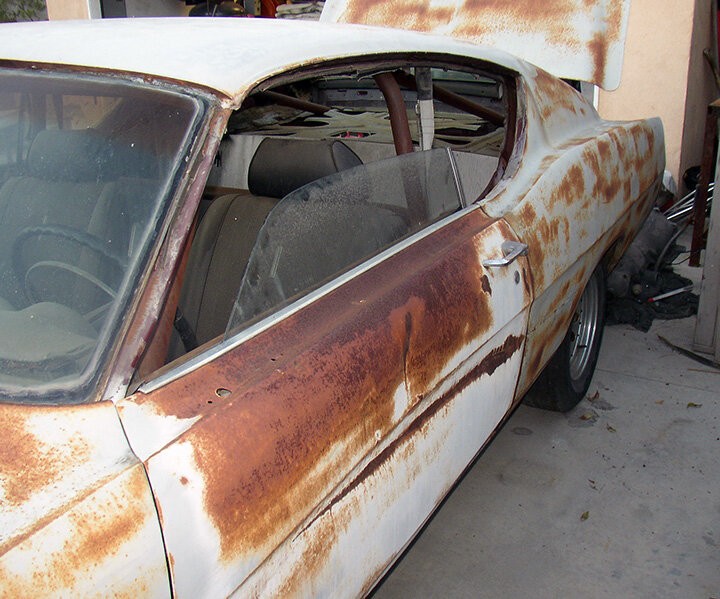
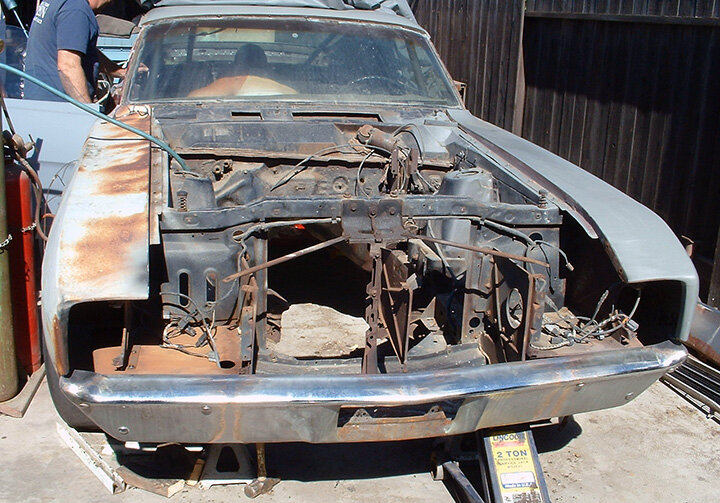
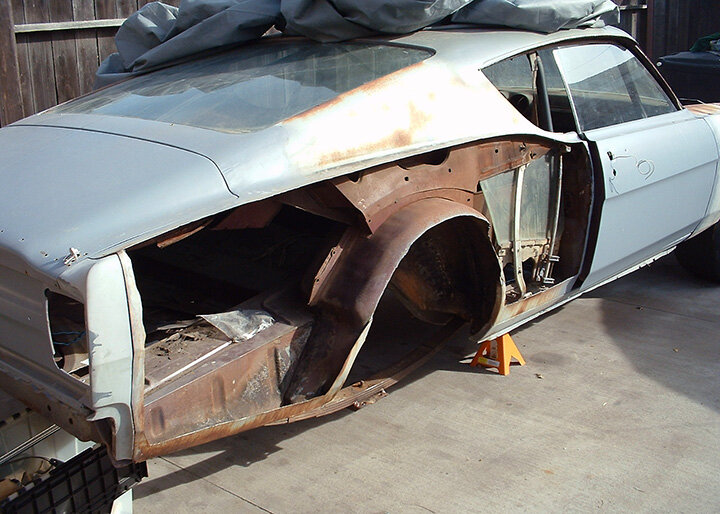
To proceed, I now needed a body, and after many years of looking for a Talladega, I found one in a junkyard in San Dimas, CA—less engine, transmission and rear end. It was just a shell without wheels and tires. Talladegas were only built in ’69, and they only built 752 hence, they are very hard to find.
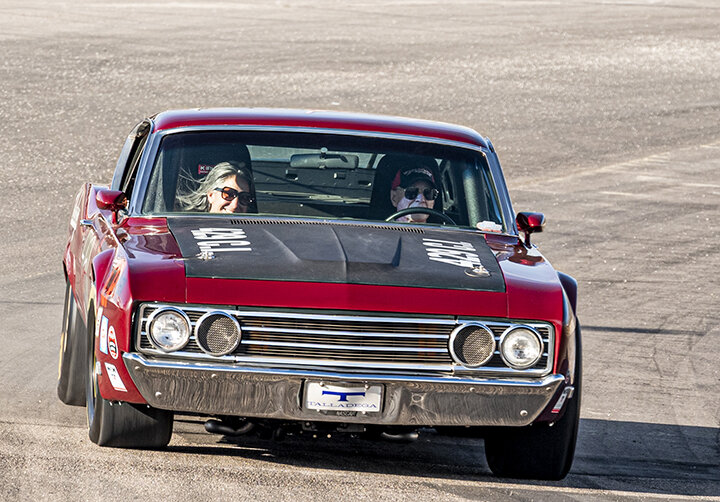
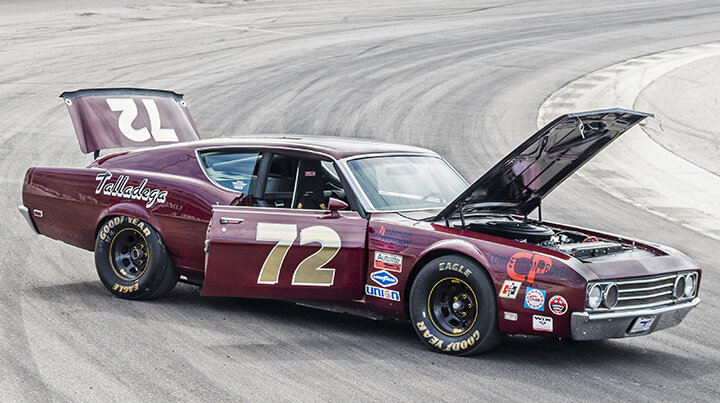
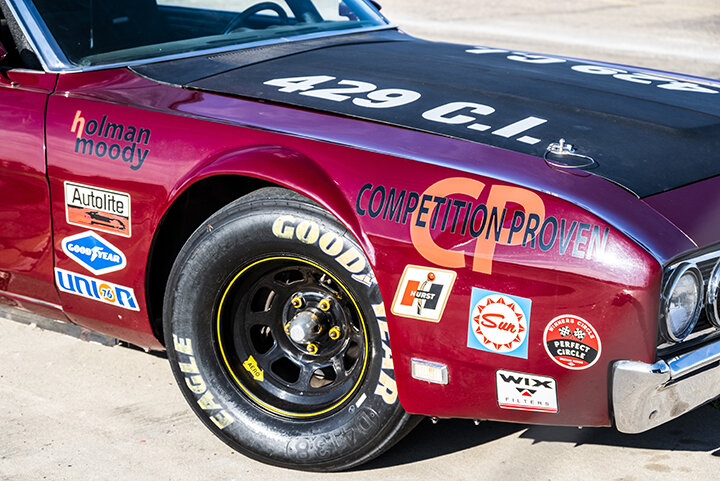
This Talladega didn't have a straight piece of sheet metal on it, but it was a start. While I was working in Mississippi, I found a ’69 Torino fastback with a crushed roof. I had the junkyard cut the back half off in front of the doors and had it shipped back to California. After I found the body, the build took me about 10 years.


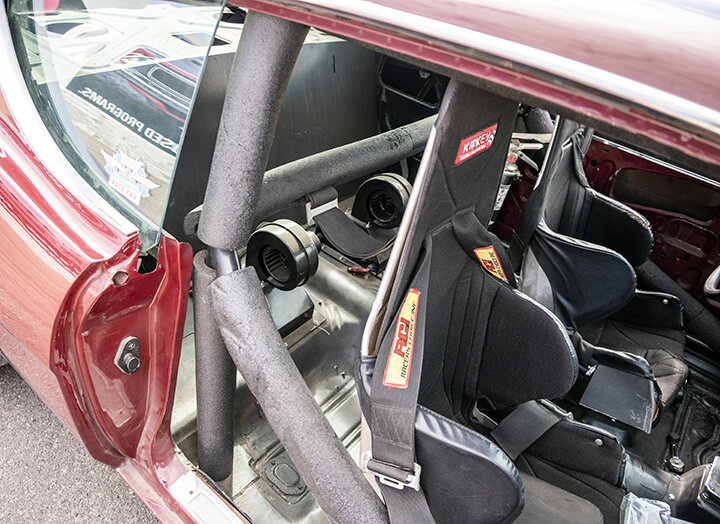
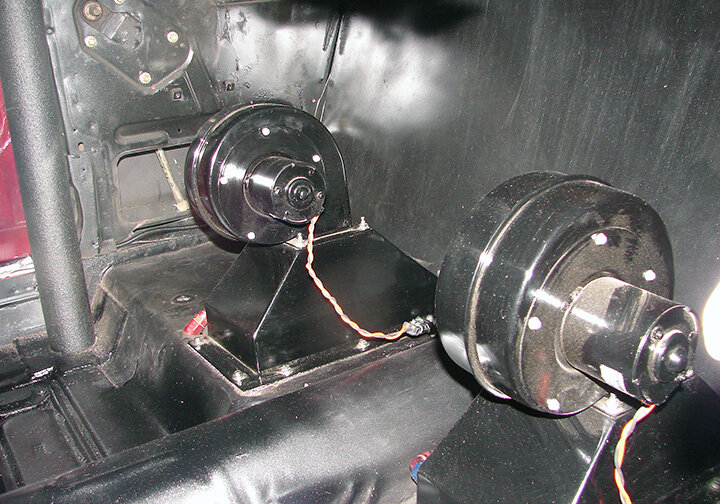
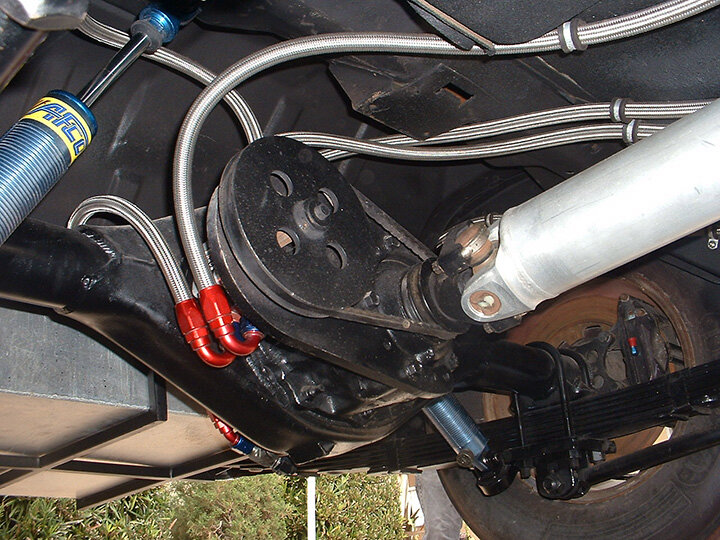
I put the Boss 429 engine together along with a NASCAR Top Loader 4-speed, 1-3/8-inch input shaft, 1-1/4-inch output shaft, Mcleod dual-disc clutch, NASCAR full-floater rear end with a 31-spline Detroit Locker and 3:31 gears.
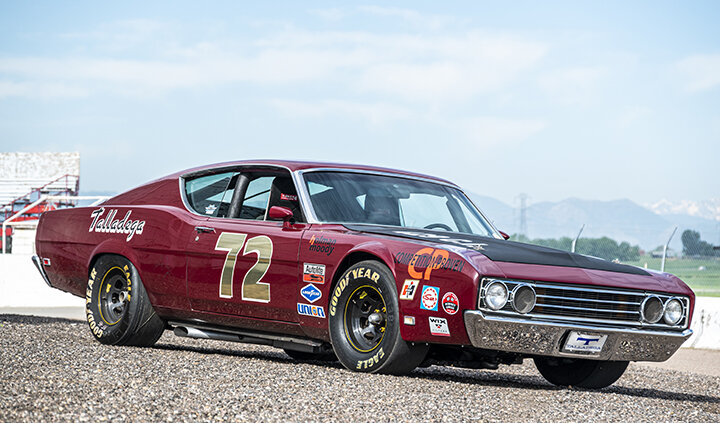
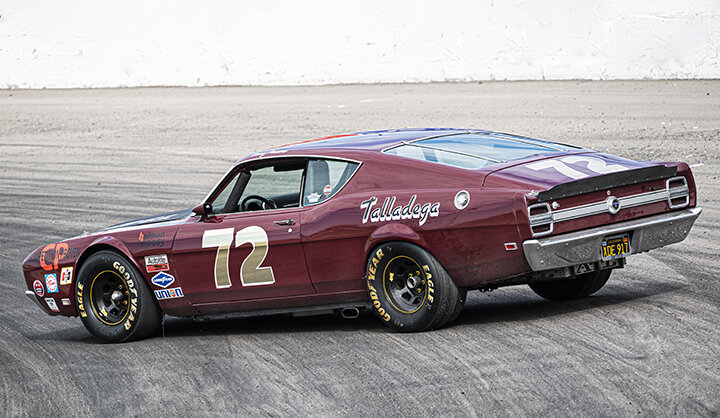
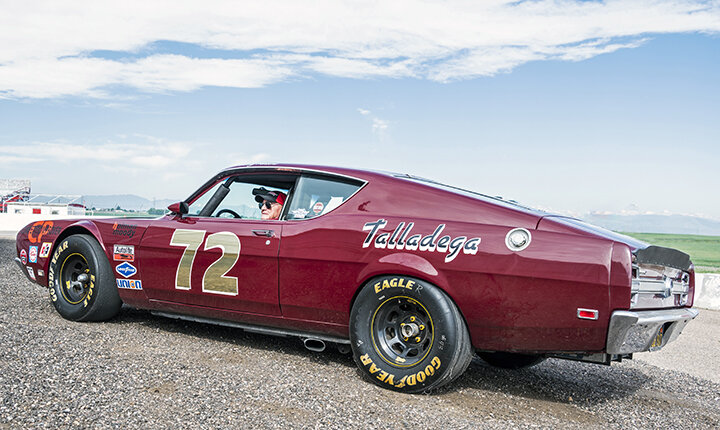
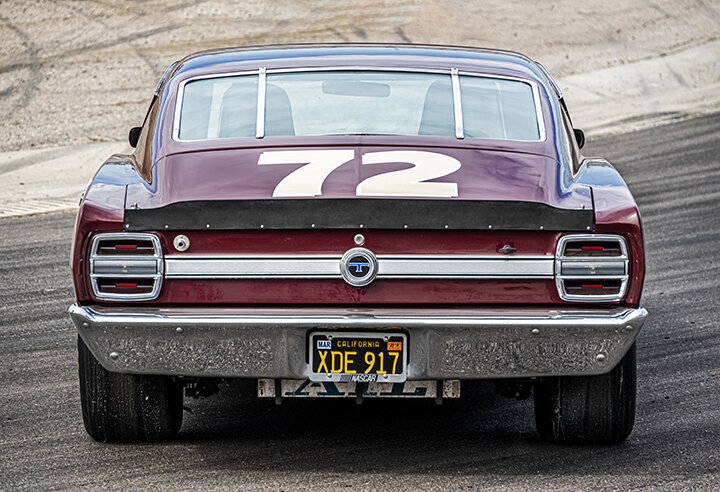

The bodywork was done by friends Jim and Brian Tapscott in Garden Grove, CA and once in primer I installed the engine, trans and rear end with NASCAR disc brakes on all four corners.
In 2004, with just five days to get to Talladega, AL for the Aero Warriors Reunion I finally got the car together, fired it up, drove it around the block and loaded it in the trailer. We made the trip with no problems, did the parade laps, went to car shows and the Aero Warrior events.
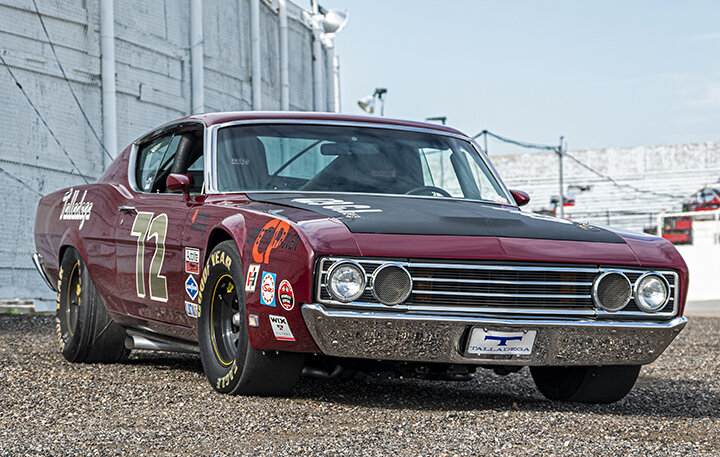
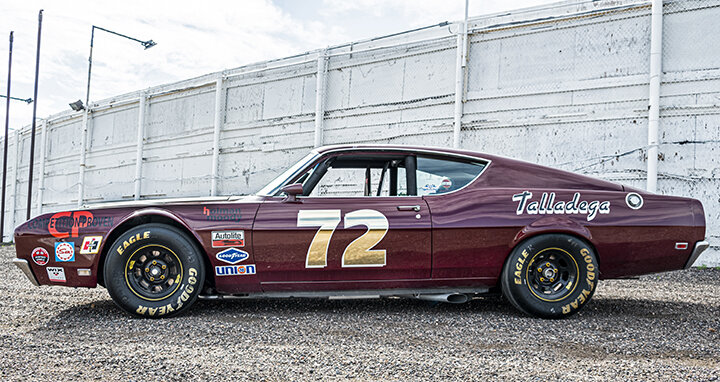

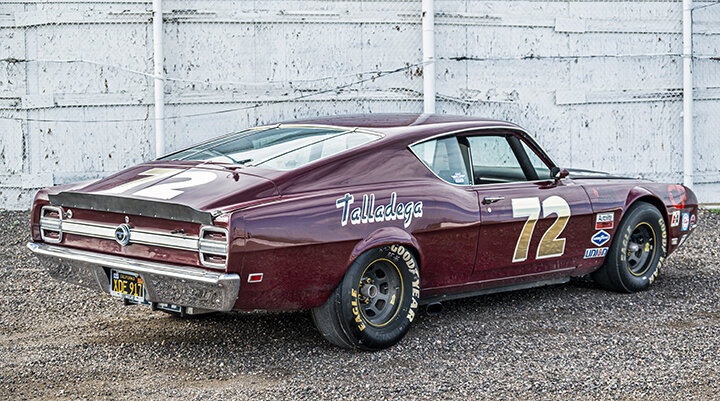
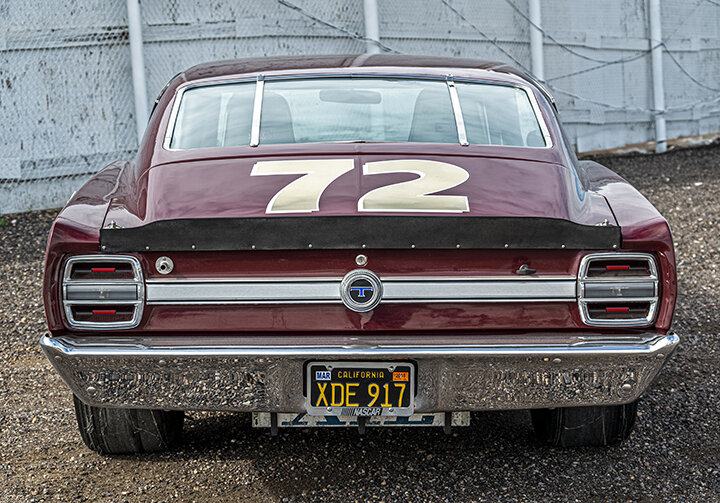
After the Reunion, I pulled the engine to put it on the dyno while the car was painted at Pro One Auto Body in Santa Ana, CA. At that time the engine made 824 hp at 6,700 rpm on the dyno at Dyno-Motive, Placentia, CA. At the Dyno Wars Shootout in 2012 at Shelby American in Las Vegas, it put 713 hp to the ground and posted 228 mph.

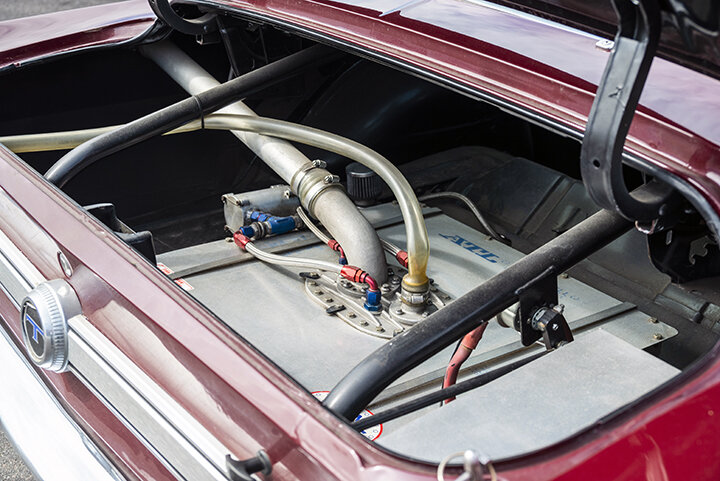
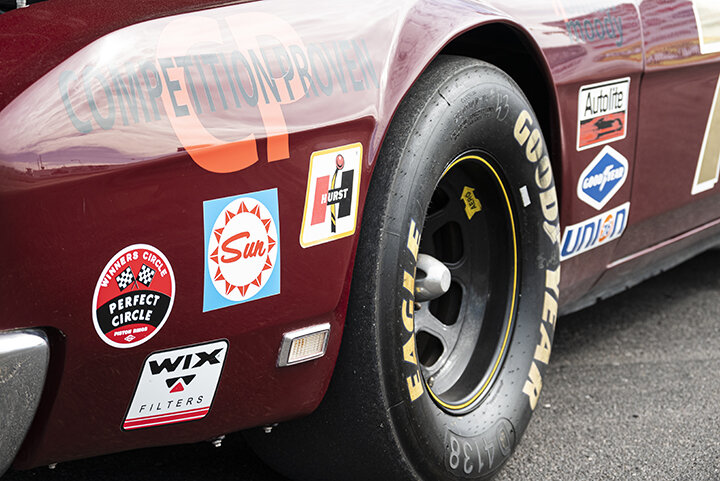

Since then, I have freshened the engine and installed a bigger cam. On May 27, 2020 we dyno’d it at Greeley Automotive & Machine, Greeley, CO where it made 870 hp @ 6,500 rpm and 809 lb-ft of torque @ 4,500 rpm.
The Talladega is dedicated to Benny Parsons as he drove the Royal Maroon #72 Talladega and won the 1973 NASCAR Cup Championship. Since finishing the car, I've gathered signatures from the racers that drove and the mechanics who built the Talladegas: Cale Yarborough, David Pearson, Junior Johnson, Ben Arnold, John Bach, Charlie Glotzbach, Bud Moore, Rex White, Slick Owens, just to name a few. Sadly, some of those people have passed away.
Thanks to Colorado National Speedway for the location: ColoradoSpeedway.com

